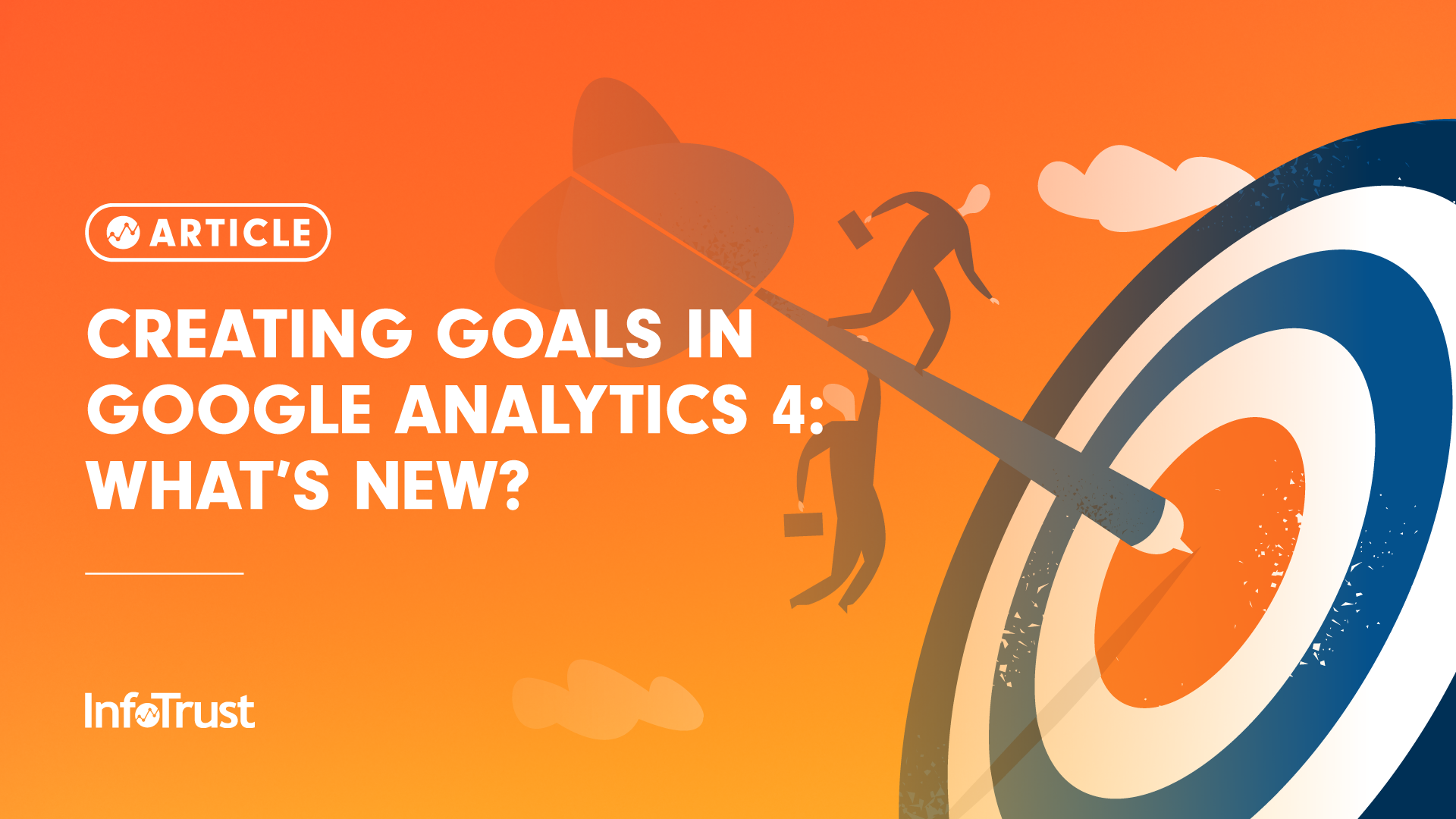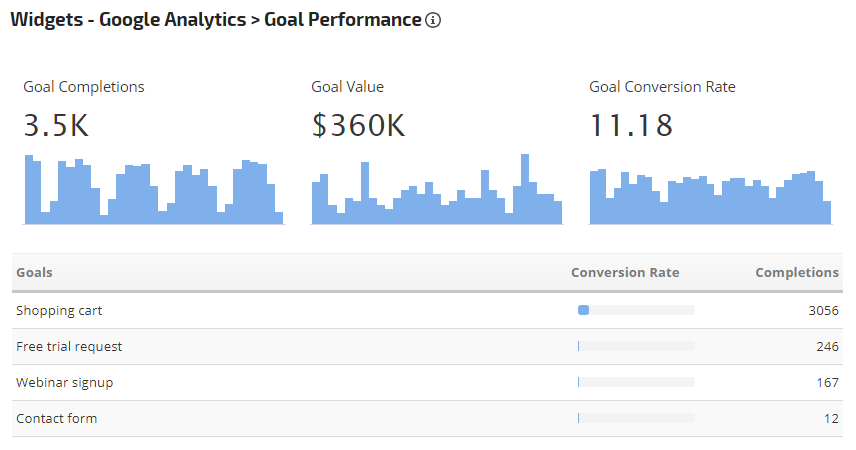Discover What Data Is Google Analytics Goals Unable to Track
Discover What Data Is Google Analytics Goals Unable to Track
Blog Article
Discover the Limitations of Google Analytics Goals: Unveiling the Data Kind That Remain Untrackable
As services increasingly count on data-driven decision-making, understanding the restrictions of tools like Google Analytics ends up being paramount. While Google Analytics Goals offer valuable insights right into individual interactions, there exist information types that thwart tracking, presenting obstacles to an extensive understanding of individual behavior. These untrackable information kinds raise concerns concerning the precision and completeness of the analytics data that organizations heavily trust for their electronic strategies. Curious to uncover the surprise dead spots in your data analysis process?
Insufficient Customer Trip Tracking
Incomplete individual journey monitoring within Google Analytics can hinder the capability to properly analyze user behavior. When the user journey is not totally tracked, there are spaces in the data that protect against a comprehensive understanding of how customers connect with a site. This lack of insight can result in missed opportunities for optimization and improvements to the user experience.
One common issue with insufficient customer trip monitoring is the inability to see the full course that users take previously finishing an objective or leaving the site. Without this details, it is challenging to determine where customers might be experiencing barriers or friction points that prevent them from transforming. In addition, insufficient tracking can cover the effect of certain marketing initiatives or web site modifications on user behavior.
To resolve this constraint, it is essential to establish correct tracking mechanisms within Google Analytics to record the entire customer trip. This might include establishing occasion tracking, objective funnels, or using devices like Google Tag Supervisor to make sure that no essential communications go unrecorded. By obtaining a comprehensive sight of the individual journey, web site owners can make even more educated choices to enhance customer engagement and drive conversions.
Acknowledgment Challenges
Browsing with acknowledgment difficulties in Google Analytics requires a detailed understanding of how different touchpoints contribute to the total conversion procedure. Acknowledgment difficulties develop from the complexity of contemporary client trips, where customers connect with numerous networks prior to converting. Google Analytics provides various attribution versions like very first touch, last touch, and direct, each providing a different point of view on how credit rating is appointed to touchpoints along the conversion course. However, these designs might not constantly properly reflect the true effect of each touchpoint on the conversion.
One typical attribution challenge is the problem in attributing conversions to the correct source, especially in cases where users communicate with several networks before converting. This can bring about errors in figuring out which marketing efforts are driving the most conversions. Furthermore, cross-device monitoring positions another attribution obstacle, as customers typically change between tools throughout their trip, making it testing to track their interactions effortlessly. Online marketers should very carefully analyze and assess acknowledgment data to make enlightened decisions and optimize their advertising and marketing methods successfully.
Offline Conversions
Offered the obstacles connected with associating conversions precisely in online channels, the measurement of offline conversions presents a considerable chance for online marketers seeking a much more comprehensive understanding of their customers' trip. Offline conversions refer to activities that consumers take in the physical world, such as making acquisitions in brick-and-mortar shops or over the phone, going to occasions, or involving with published materials - what data is google analytics goals unable to track. These conversions are critical for companies that run both online and offline, as they offer useful understandings into the efficiency of marketing campaigns throughout numerous touchpoints
Tracking offline conversions typically posed a substantial difficulty for online marketers, as it was testing to attach these activities back to details online interactions accurately. Nevertheless, with improvements in modern technology, such as the assimilation of CRM systems, unique identifiers, and discount coupon codes, services can currently link the void between online and offline data to gain a more holistic view of client habits. By efficiently measuring offline conversions, marketing experts can maximize their methods, designate resources more efficiently, and inevitably improve the overall customer experience.
Cross-Device Tracking
Cross-device monitoring plays a critical function in understanding the interconnected nature of customers' digital communications across multiple devices. In today's omnichannel world, where users seamlessly switch between tablets, mobile phones, and desktops, tracking their actions across these gadgets is necessary for marketing experts to obtain an extensive view of their consumer journey.

In addition, privacy worries and regulations such as GDPR and CCPA have even more challenging cross-device monitoring. With customers demanding more control over their data and increased restrictions on tracking innovations, marketers need to discover ingenious and privacy-compliant means to attach customer communications throughout gadgets.
Dynamic Material Interaction
Recognizing customer involvement with vibrant content is critical in maximizing digital Read Full Article advertising and marketing methods for improved audience interaction. Dynamic material refers to website aspects that change based on customer actions, choices, or various other elements, offering a customized experience. Tracking customer communications with dynamic web content postures difficulties for conventional analytics devices like Google Analytics.
While Google other Analytics can track fundamental interactions like clicks and page sights, it may struggle to capture even more nuanced engagements within dynamic material. what data is google analytics goals unable to track. Metrics such as time spent on certain dynamic components, float actions, or communications within pop-ups are often not easily quantifiable using conventional tracking techniques. This restriction impedes marketers' capacity to completely realize exactly how customers are engaging with vibrant material and customize their methods accordingly

Verdict
To conclude, Google Analytics goals have restrictions in tracking insufficient customer trips, connecting conversions properly, recording offline conversions, tracking cross-device interactions, and measuring dynamic web content engagement. These restrictions highlight the significance of exploring additional monitoring methods and tools to obtain a much more detailed understanding of user habits and conversions past what Google Analytics can supply.
While Google Analytics Goals deal beneficial understandings into customer communications, there exist data types that elude monitoring, presenting difficulties to a detailed understanding of user actions.Incomplete user trip tracking within Google Analytics can hinder the ability to accurately assess customer habits. When the individual journey is not totally tracked, there are voids in the information that stop a thorough understanding of exactly how customers connect with a website.One common issue with incomplete user trip monitoring is the lack of ability to see the full path that individuals take previously completing a goal or leaving the site. By getting a thorough view of the user journey, web site proprietors my link can make even more educated decisions to improve customer involvement and drive conversions.
Report this page